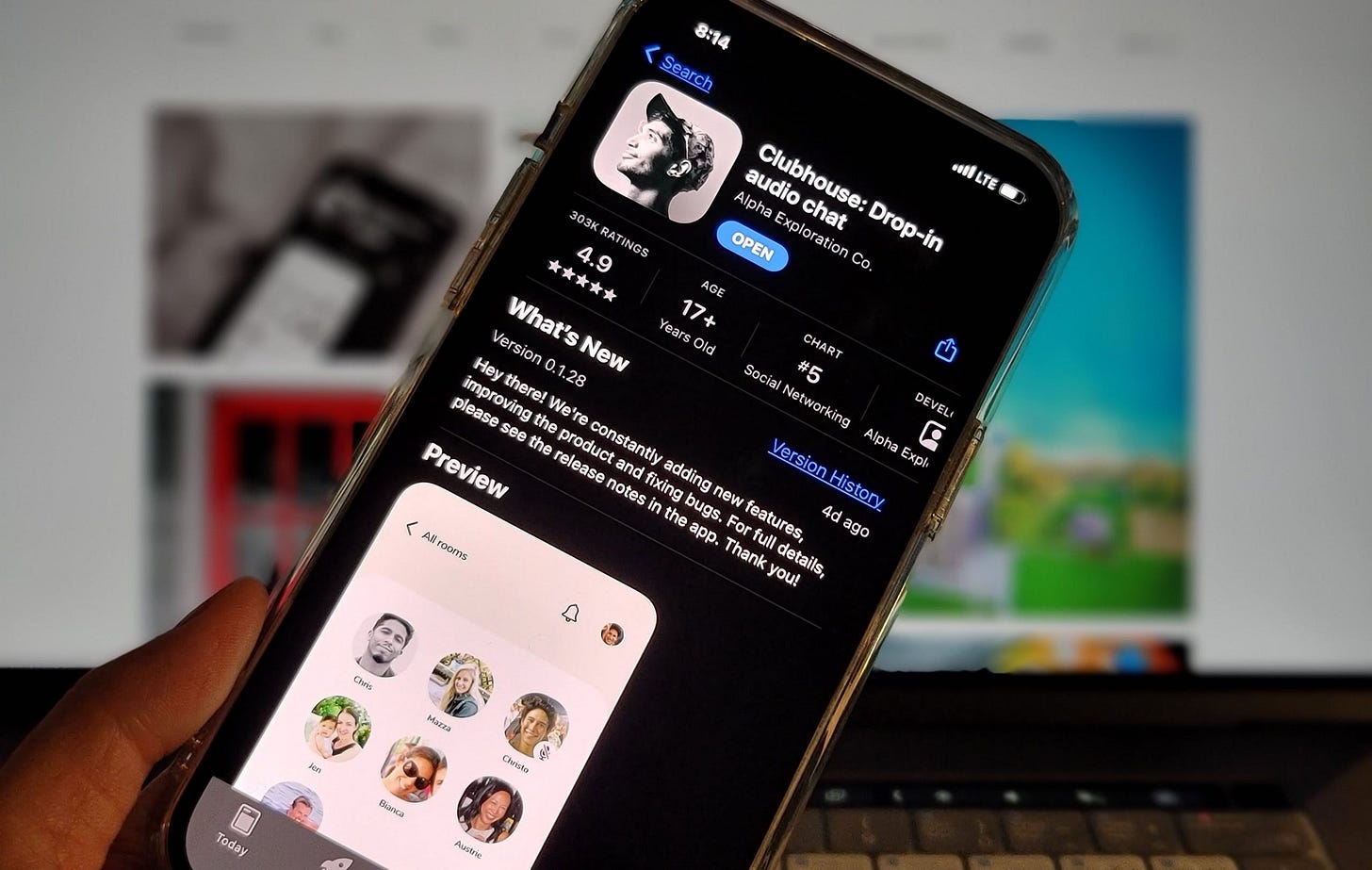When the pandemic swept through the world in early 2020, many people were made redundant and forced to look for alternative revenue streams. Others had more time on their hands due to lockdowns and the radical shift in working from home. Born from a chaotic and deeply transformative event, these trends have resulted in people turning to their passions and interests in a career, and a boom for the Creator Economy.
While the Creator Economy is gathering pace, and it is set to soar in 2021, there are a number of challenges to commercialising online content and individuality.
This article will seek to deep-dive into trends developing in this new industry, and identify opportunities that are emerging for both creators and investors to capitalise on.
Audio social media platforms are set to boom
The audio-space has really taken off over the last year, and it’s still growing. New platforms such as Clubhouse and Hopin launched just at the right time, due to the upswing in usage as a result of lockdowns. The next question will be, how will users interact post Covid? Either way it’s likely the audio space is here to stay.
Industries set to benefit from the in-depth and personal conversations that audio makes possible, include dating, education, entertainment and professional services.
While in their early stages, monetisation methods are being developed in this area too. We’ll likely soon see a proliferation of paid communities, B2C consumer subscription products, and one off payments for products or events.
Social media giants are already seeing this space as a massive opportunity. Just this month Instagram added a new group livestream feature, speculated by Forbes to come amid growing pressure from Clubhouse. It’s likely other platforms such as LinkedIn will follow suit.
Individuality Platforms: what’s next for Patreon, OnlyFans and Substack?
Individuality platforms such as Patreon, OnlyFans, Substack, have surged in demand since the pandemic began. These products enable creators to earn an income by providing a platform to host their own content.
But how do they make money?
Generally, platforms take a percentage of the creator’s revenue, ranging from 5-30%. However, there’s also precedent for these platforms using a SaaS model, and charging a monthly fee, for example.
These platforms are great for the early stage creators, or those who earn below $1m a year on their chosen platform. However, as the creator starts to earn even more money, it will be interesting to see how these platforms adapt.
Many users on platforms such as Substack, Patreon or OnlyFans question whether the 5-30% clip platform owners take on creator’s revenue is fair, and feel restricted by the lack or brand ownership they have over their content produced via those platforms.
Time will tell. But if these platforms are to retain their top creators, they might start to look at allowing top creators to white label their product, own their audience, and provide discovery options. They may need to shift their revenue opportunities from taking a percentage of revenue, to a flat SaaS model or a combination.
To keep up, giants such as Instagram and Facebook need to do a much better job at paying creators a share of the ad revenue. They understand that content creators are driving the eyeballs to the platforms. Individuality platforms could do well to take a leaf out of their book.
Content protection needs to get a lot better too. It is important for platforms such as Substack to be able to protect their creator’s content. Right now, anyone is able to plagiarize a creator’s content with very few implications. Platforms should also support creators by providing legal and accounting service to allow them to express their opinions and individuality without legal implications.
So - what’s next? More VC activity, and European success
According to recent research, 29% of US upcoming graduates want to become creators, while only 11% want to go down the typical career path.
The movement isn’t just a US phenomenon. Asia is ahead of the curve, and I can only see these innovations coming to Europe. One trend is live social shopping: with creators able to sell merchandise live to their super fans.
Across the world, there are currently around 50 million creators: 48 million are amateur and two million are professional. I expect this will only continue to rise. As a VC, I am very excited to see how the industry develops. The opportunity is huge, and I am on a personal mission to ensure that Europe plays host to a Creator Economy unicorn.
Follow me on Substack and apply to Antler to build a defining company of tomorrow: www.antler.co
To view this original article, please visit our blog.





That link to the blog is broken.